
The New York Times edition has a five pages article today on the highly awaited Toy Story Mania attraction, and it brings a lot of interesting infos. You can read the full five pages on the New York Times web site HERE, but below, some excerpts from the article:
"In June, Disney will unveil a glimpse of the shoot-for-the-moon bet it is making on California Adventure’s makeover, with the introduction of a ride called Toy Story Mania. More than three years in the making, and estimated to cost about $80 million, the attraction essentially puts guests inside a video game.
Riders, wearing 3-D glasses, board vehicles that career through an old-fashioned carnival midway, operated by characters from the popular “Toy Story” film franchise. Vehicles stop at game booths — 56 giant screens programmed with 3-D animation from Pixar — and riders play virtual-reality versions of classic carnival games.
Imagineers Kevin Rafferty and Robert Coltrin, had devised an idea for a new California Adventure ride that would juxtapose the old-fashioned romance of a carnival midway with high-tech video game elements.
Reassembling at Disney’s offices in Glendale, Calif., the team worked on the concept that would become Toy Story Mania. Because carnivals sell commotion, there would be lots of flashing lights, barkers trying to capture riders’ attention, buzzers and bells.
Mr. Rafferty and Mr. Coltrin dreamed up a fanciful story: The classic toys in “Toy Story” had come to life and staged a carnival under their owner’s bed while he was away at dinner. Little Bo Peep would operate the balloon darts; Ham, the talking piggy bank, would cheer riders as they tossed virtual eggs at barn animals. The culmination would be “Woody’s Rootin’ Tootin’ Gallery,” a twist on old-fashioned shooting galleries.

They would use full-scale 3-D animation, a first for a Disney ride. That, Mr. Vaughn said, would make riders feel as if they were inside a video game or a virtual world. “We look at it as gaming meets immersive storytelling,” he said.

The entire project Toy Story Mania - is made up of 150 computers, with 90 of them moving around on the ride vehicles and communicating with one another via a secured wireless network.
Imagineer Senior show producer Chrissie Allen helped to conduct “play tests” on rudimentary versions of the ride. More than 400 people of all ages — all had signed strict nondisclosure agreements — sat on a plywood vehicle set up in front of a projection screen and played various versions of the games. Disney workers studied their reactions and interviewed them afterward. “We were looking to see if some effects were too scary,” Ms. Allen said, “or if there wasn’t enough laughing happening during certain sequences.”
Among the discoveries: People wanted to be able to compare scores after they were finished playing, while some children had a hard time reaching the cannonlike firing controller, christened by Disney as a “spring action shooter.” Engineers added a computer screen to vehicles to display scores and installed the controls on movable lap bars.
The ride’s psychological components started to take shape during this phase. Disney decided that riders were happier when they got a bigger visual payoff. (One of Little Bo Peep’s balloons now pops with greater force when hit with a virtual dart and a blast of air shoots into a rider’s face.) A game involving shooting at a paper target was dropped. (“It was hard to make paper interesting,” Ms. Bryan said.) And developers decided that the last game before the exit needed to be the easiest, so riders would feel that they were coming out as winners, even if they weren’t very good.
The Disney team had also decided to leave out Buzz Lightyear, the modern spaceman toy in the films, because he was already showcased in an older ride called Astro Blasters. But Pixar felt that the character was essential to the “Toy Story” franchise. Buzz will now be a host of a game, and he shares top billing on the ride’s marquee.
Because “People’s tolerance for lines is decreasing at a rapid rate” , Disney has spent much more effort — and money — developing ways to entertain people as they stand in line for Toy Story Mania.
To entertain people as they waited in line, the developers decided to place one of Disney’s signature animatronic figures outside.An animatronic figure - Mr Potato Head - with an estimated $1 million price tag will sing songs and interact with guests as they wait. Employees dressed as “Toy Story” characters will stroll among the crowds.

WORK on Mr. Potato Head started last year in a heavily guarded Disney research plant a few miles from the company’s headquarters in Burbank, Calif. Developers had to make a five-foot-tall plastic potato sing, dance and seemingly hold conversations with people at random. The robot also had to be able to remove his ear and put it back on.

Mr. Potato Head — with help from a dozen video cameras, several computers, an unseen ride operator and a $1 million budget — will be able to make his mouth form words, a first for Disney animatronics.

The comedian Don Rickles, whose gravelly voice brought the character to life in the films, was hired to record 750 words and four songs. The hidden ride operator, armed with a computer and cameras that scan the crowd, will then choose phrases based on the actions and appearance of people standing in front of it. (“Hey, you in the red baseball hat.”)
The goal was to make the character so perfect that it looked as if it had just stepped out of the movies. "

Wow, that looks cool, doesn't it? But if you want to have an insider look on the building of the attraction the New York Times also have an exclusive video, and you can watch it HERE

Text : copyright New York Times
Photos and Artwork : copyright Disney Enterprises Inc










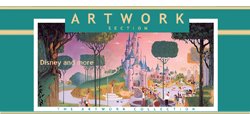
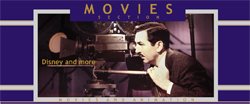



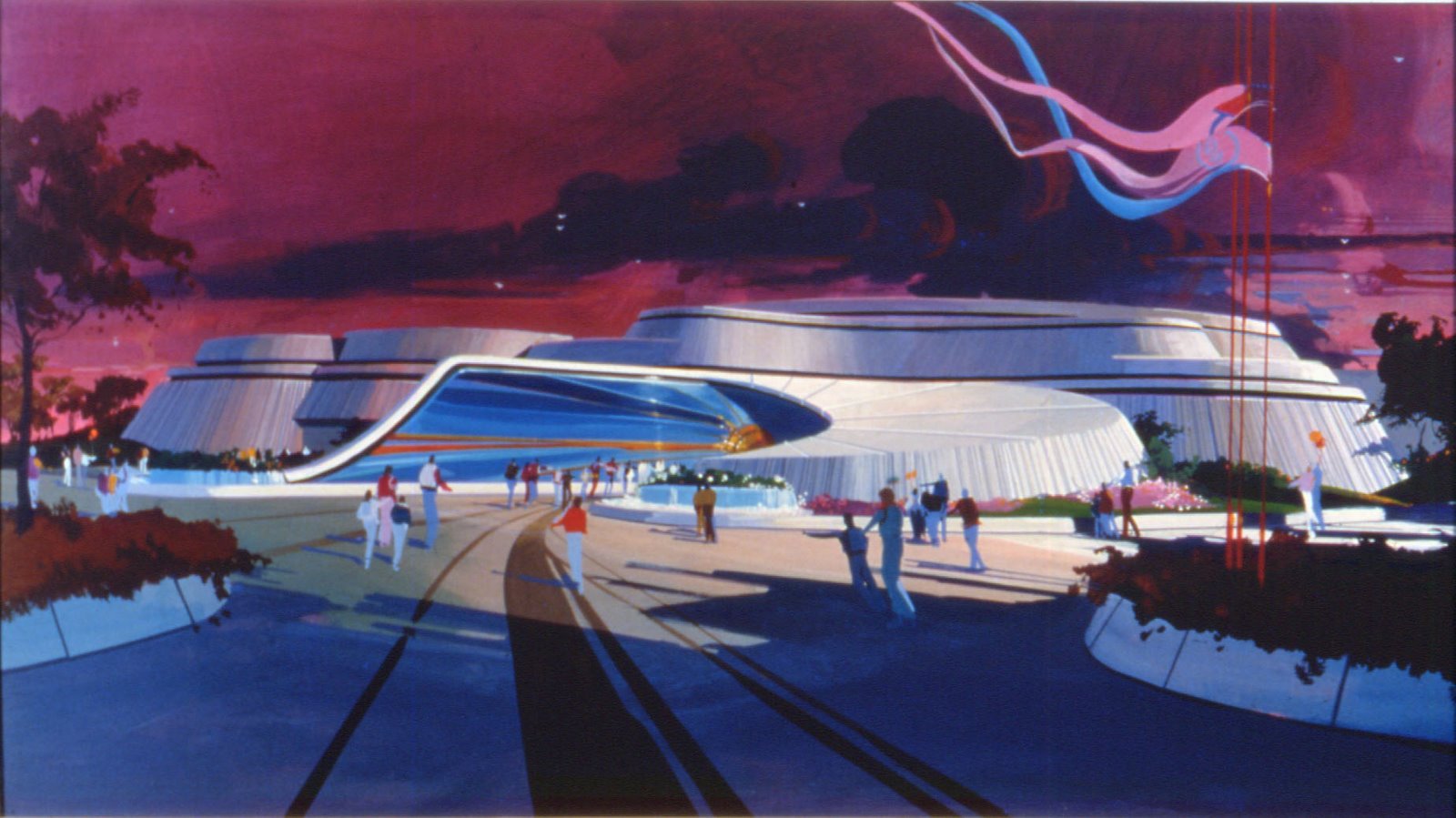







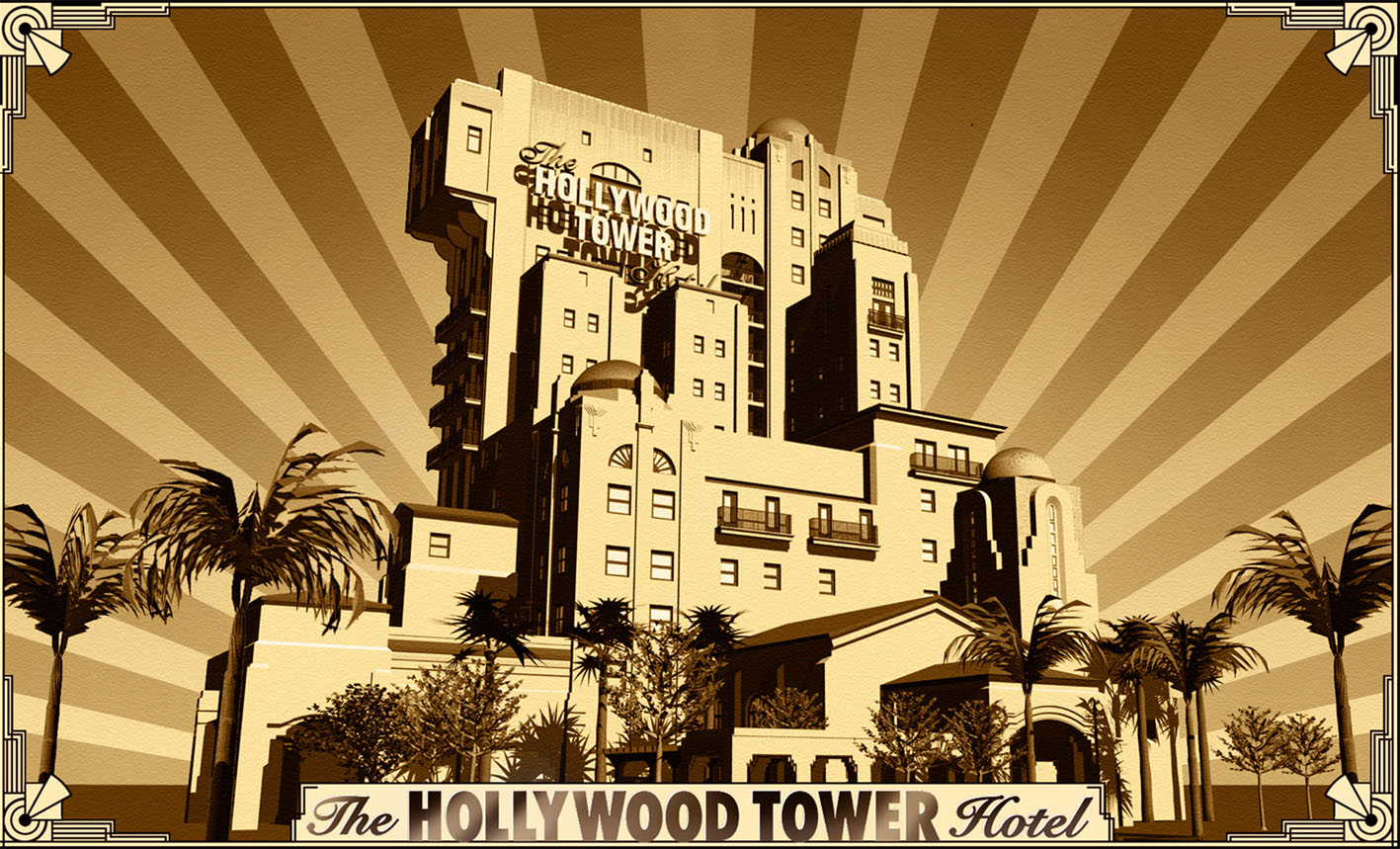



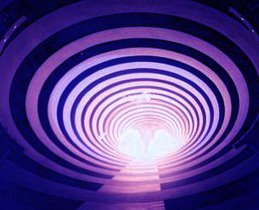
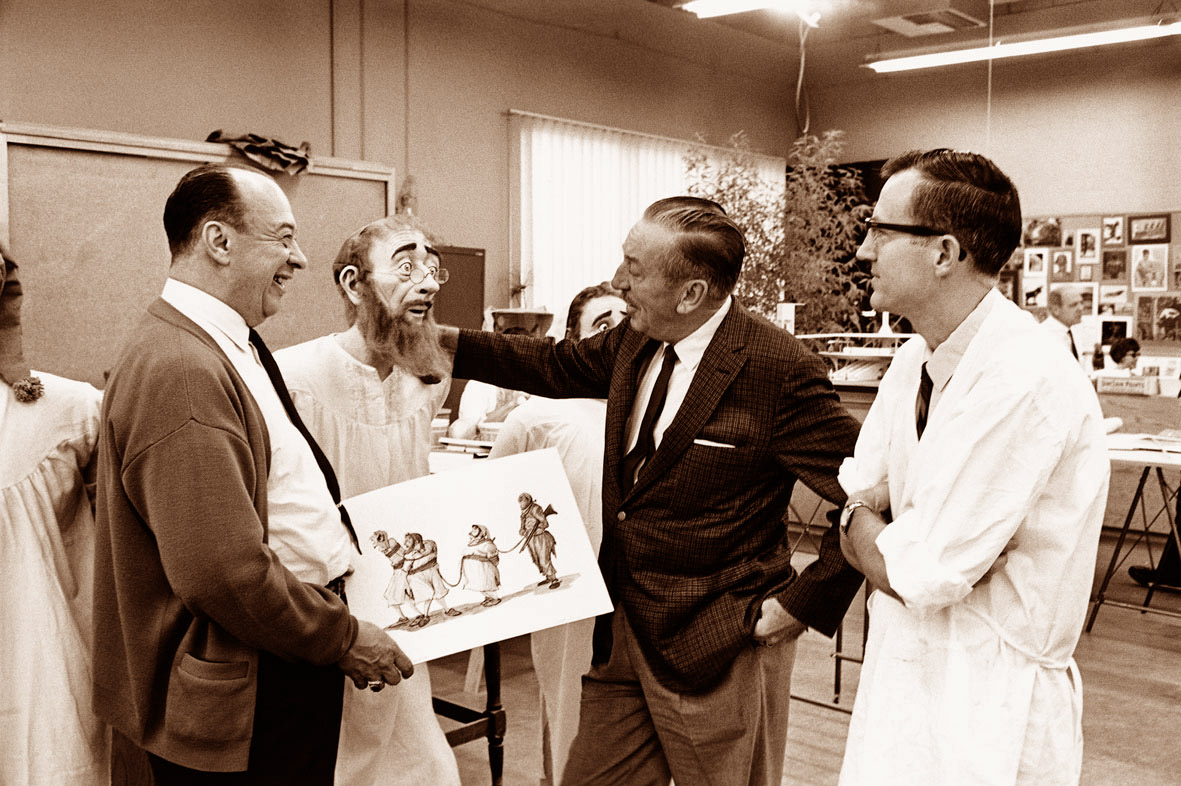


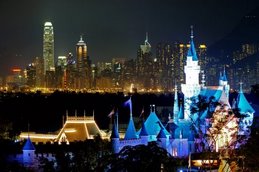











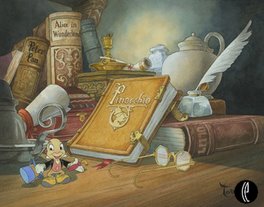
No comments:
Post a Comment